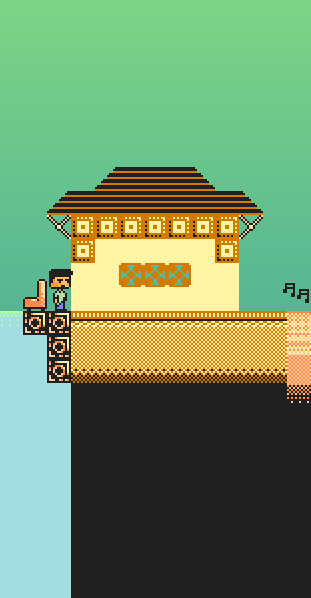
Chapter 4 is my first finished video game. Created for the Poppenkast Game Noir Competition, I intended it as a reaction against two things: 1 - the idea that a piece of art had to be dark, brooding, and dishwater grey to be "noir", and 2 - the annoying trend in video game dialogue where the game responds in loyal accordance to the player's intentions (like Fallout 3).
Chapter 4 is rough around the edges and quite confusing, but I'm happy with it.
Check it out at http://www.yoyogames.com/games/show/72583
HINT: there are two endings.
